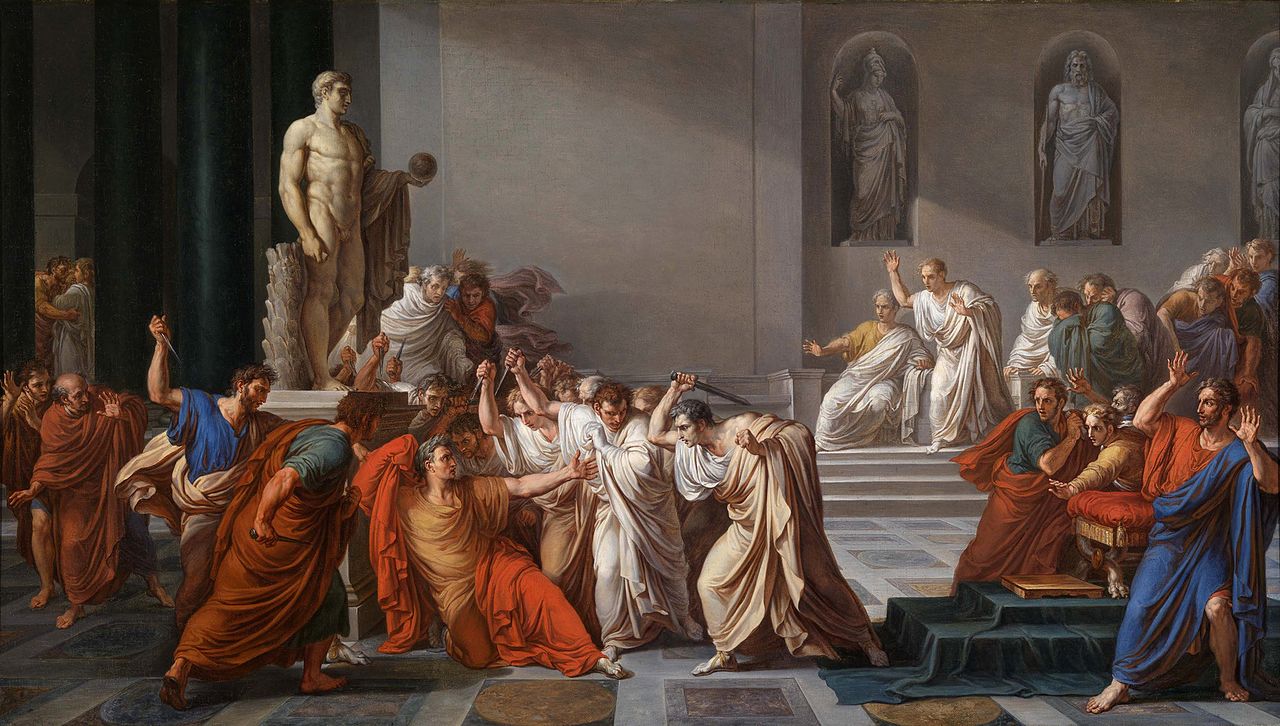The Rome Republic
The authority in Republican Rome is vested in: the Senate, magistrates and people’s congresses. Senate meetings were appointed by the highest magistrates and plebian tribunes (state officials). Before the IV-III centuries. BC. E. This body approved the results of the election of officials and laws passed by the people’s assemblies. After the III century. BC. E. He compiled lists of candidates for public office and preliminarily considered bills.

The Senate issued orders on issues of public security, improvement and religion, drafted public expenditure budgets, negotiated with other states, appointed military commanders.
Among the magistrates, the supreme position was occupied by consuls and praetors. The consuls commanded the army, exercised supreme administrative power, elected senators (until the 4th century BC), in extraordinary situations appointed a dictator who was endowed with unlimited power. The praetors sent cases for trial, in some cases independently resolved disputes. Among other magistrates one should name censors (they supervised morals, distributed citizens by centurions and districts, and elected senators from the fourth century BC); plebeian tribune (elected by plebeian assemblies); (ensuring order in Rome, following market trade); Questers (investigated crimes, dealt with public finances).
National assemblies acted at the level of centurions and territorial districts. The centurions were convened by the highest magistrates. These meetings elected the highest magistrates discussed the proposals of the magistrates on the adoption of new laws. The meetings acting at the level of the territorial districts selected the lower magistrates, discussed the draft laws that came from the praetor.
The slave-owners, in order to suppress rebellious slaves (73 BC – the Spartacus uprising) are increasingly resorting to establishing a regime of dictatorship. The democratic foundations of the organization of power prove to be unsuitable for suppressing the people and governing a vast territory. State loses republican features and gets them the structure of society of ancient Rome and was much more difficult than in Athens in the period of the republic. This was due, firstly, to the longer existence of the republic (almost twice as long as Athens); Second, the specific historical features of the formation of the society of ancient Rome even before the state period, in particular, the presence of patricians and plebeians, whose struggle continued during the republic; Thirdly, a sharp increase in the population by maintaining permanent wars of conquest and the annexation of more and more new territories; Fourth, more significant changes in the development of productive forces and commodity-money relations due to geographical, climatic and many other features of ancient Rome.
The peculiarity of the social structure of Ancient Rome is manifested in the fact that the class of free in its composition was more complex, i.e. had a larger number of social groups that differed in their economic and legal situation. So, in a class of free social groups such as free citizens of Rome and all other free, but not having citizenship stood out.
Non-citizens were freedmen. They, as a rule, could not be elected to elective offices, participate in centurion meetings, because they did not serve because of distrust in the army. They were forbidden to marry with the freeborn, initiate criminal proceedings and bring civil action against their former master. The latter was regarded as a freedman’s patron who always had to show respect, in case of a patron’s predicament, to render him material assistance, or in any cases in court to not give testimony unfavorable to the patron, under certain conditions a part of the freedman’s estate was inherited by the patron. Close to the legal status of a freedman was the situation of foreigners in Ancient Rome, among which were two categories: Latin and Peregrine.
Even more complex is the social system of Rome at the end of the III-II centuries. BC, when as a result of differentiation among the wealthy citizens of Rome are formed quite large, but closed social communities – the classes of nobles and horsemen.
With the expansion of the territory of ancient Rome, and at the same time increasing the population, deepening the process of impoverishment of the bulk of the free population, the growth in the number of lumen proletarians and slaves occurs in the first century. BC. The process of consolidation of these two classes with the aim of retaining power in their hands in a new, much more complicated economic situation.